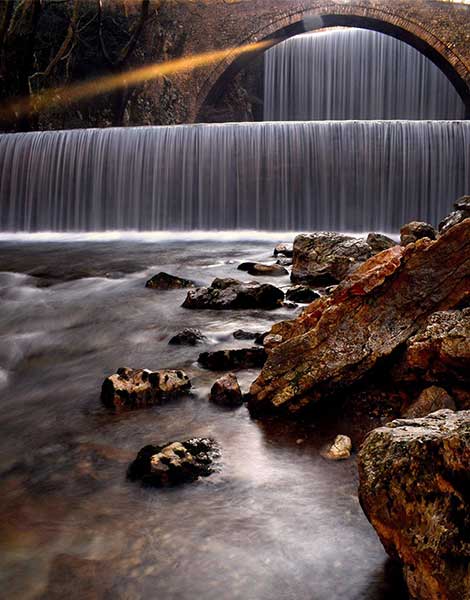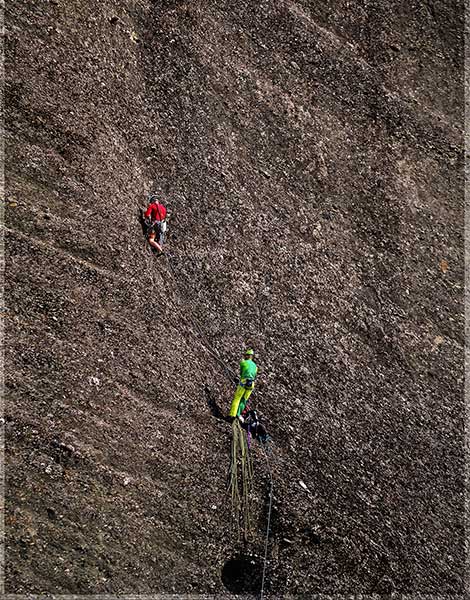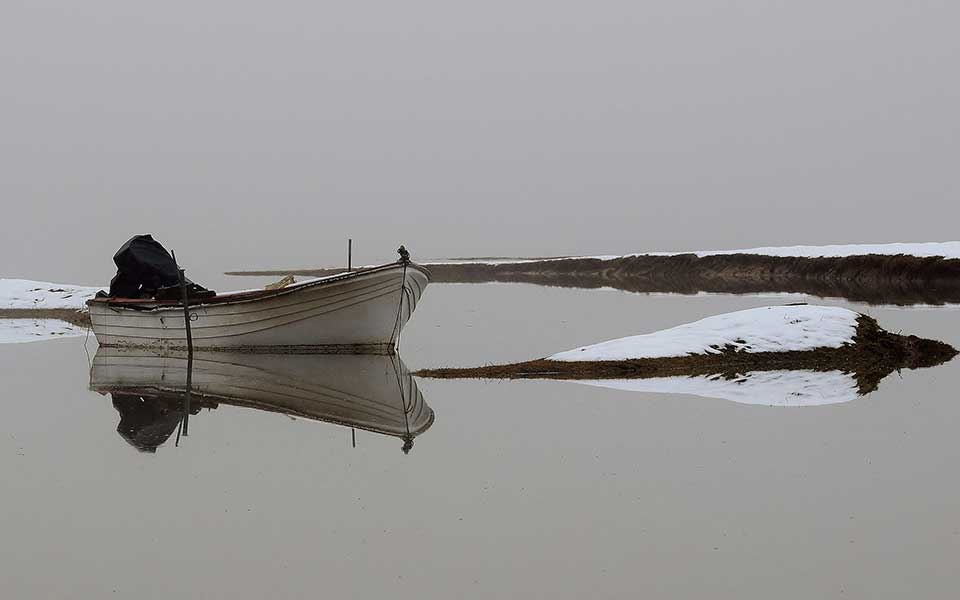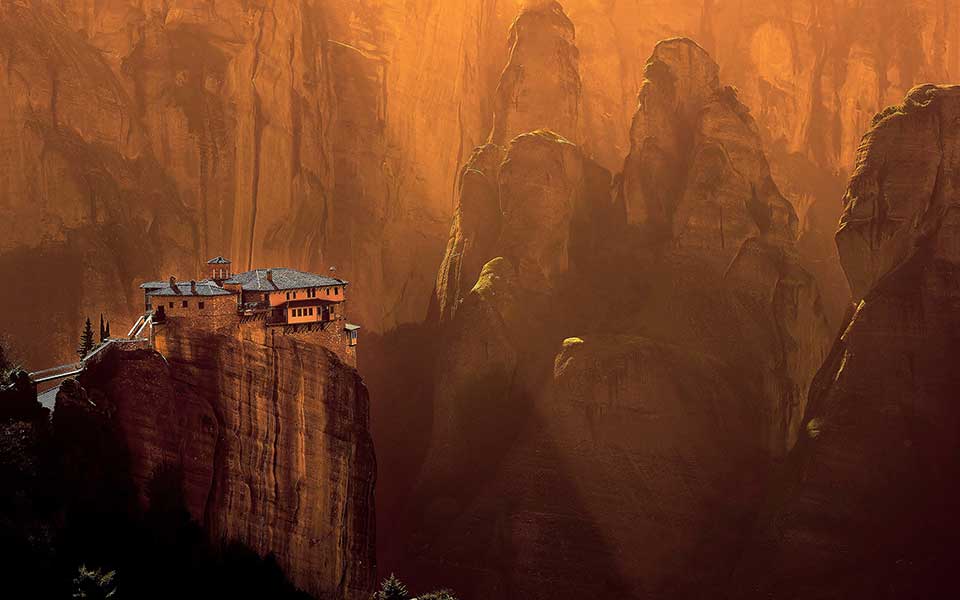The shelves of the bookshop in the northern Greek town of Karditsa where Alexis Alexandris works are home to numerous glossy books featuring the work of iconic photographers such as Henri Cartier-Bresson, Sebastião Salgado and Takis Tloupas, which he has spent hours perusing.
“The photographs of all these great photographers transport me and were the inspiration for me to obtain my first camera,” he recalls.
Eight years have passed since he first took up photography as an amateur, and recently he was thrilled to learn that he had been awarded first place among the Greek participants in Wiki Loves Monuments, an international photography competition with a focus on cultural heritage buildings that is organized by Wikimedia. It has had a Greek section since 2016.

© Alexis Alexandris

© Alexis Alexandris
Users and editors of Wikipedia and professional and amateur photographers are invited to photograph cultural heritage monuments and to upload their images to Wikimedia Commons, so that they can be used on Wikipedia and by the wider community. At a national level, 10 photographs are nominated for the final, from which a winner is selected from each participating country.
Alexandris learnt about the competition by chance when he was searching for information about Greece’s flora and fauna on Wikipedia. His entry was an impressive, particularly atmospheric, almost mystical photograph of the Holy Monastery of Roussanou in Meteora from a past trip to the area.
“This award for me is a reward for my work over all these years, for the time that I would dedicate to daily practice and study,” he says.
He began photographing sporting events and later studied photography at the Karditsa Institute of Vocational Training (IEK). Nature photography has long been his favorite field. Aside from Meteora, he has also traveled to photograph at the lakes of Plastira and Karla, the Axios River and in regions of Germany and Holland.

© Alexis Alexandris
“When the quarantine ends I will be participating in a photography exhibition in the town of Karditsa and, if all goes well, my photographs will travel to other parts of Greece, too. At the same time I have begun to work on a photo book about Lake Plastira,” he adds.
His favorite photographer remains Sebastião Salgado, who first inspired him through the pages of his books almost a decade ago.
“Aside from the legendary photographs that he has given us, he has done important social and environmental work,” he says. Despite his love for the art of photography – he is continually dreaming and searching for new images – he confesses that he has no intention of making it his profession.
“In a photograph what affects me is the narration of the story that it captures. I would like to photograph many subjects, primarily artistic. I am interested in the substance and the meaning that a photograph holds, and that it makes me feel free.”












